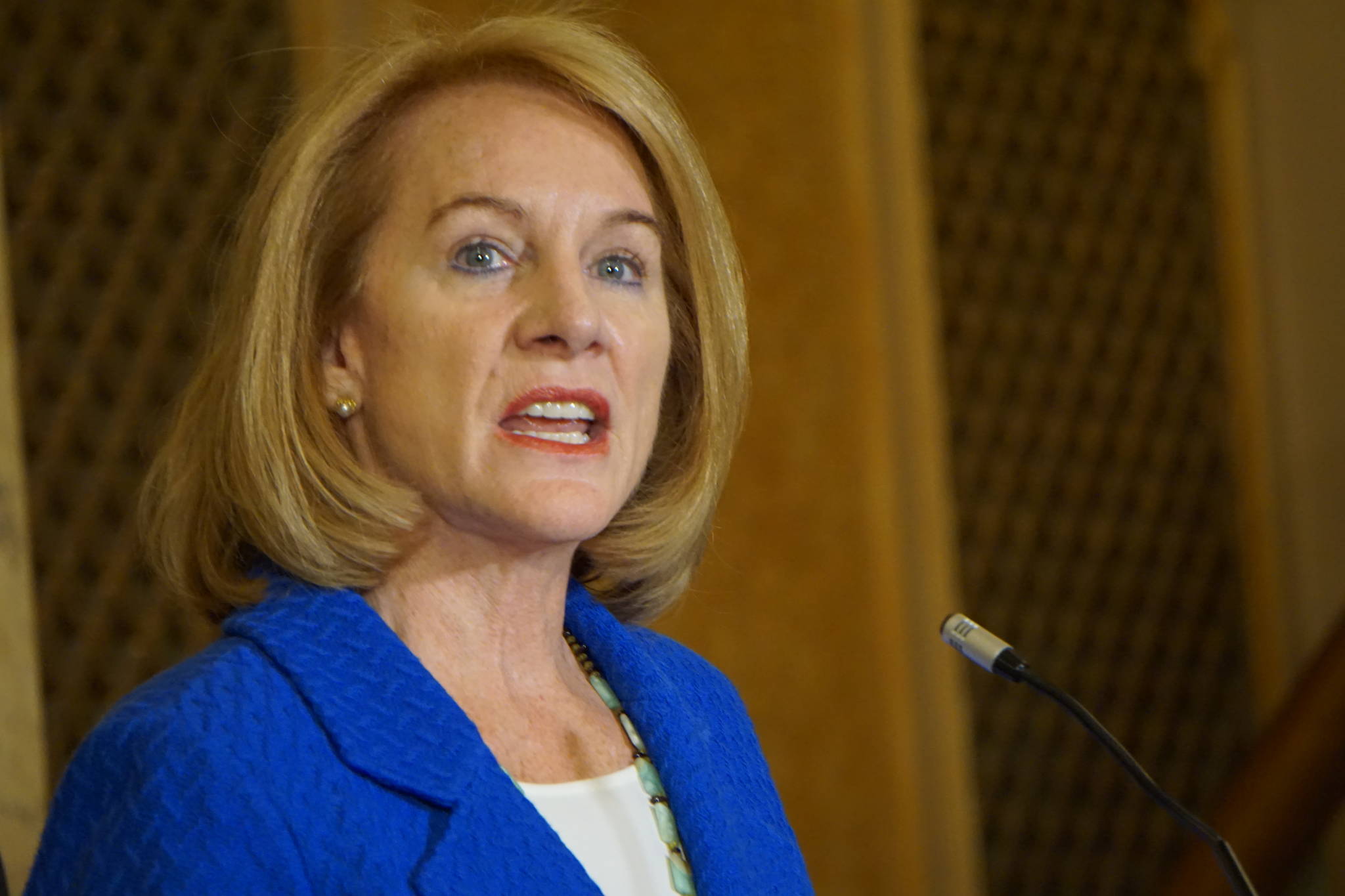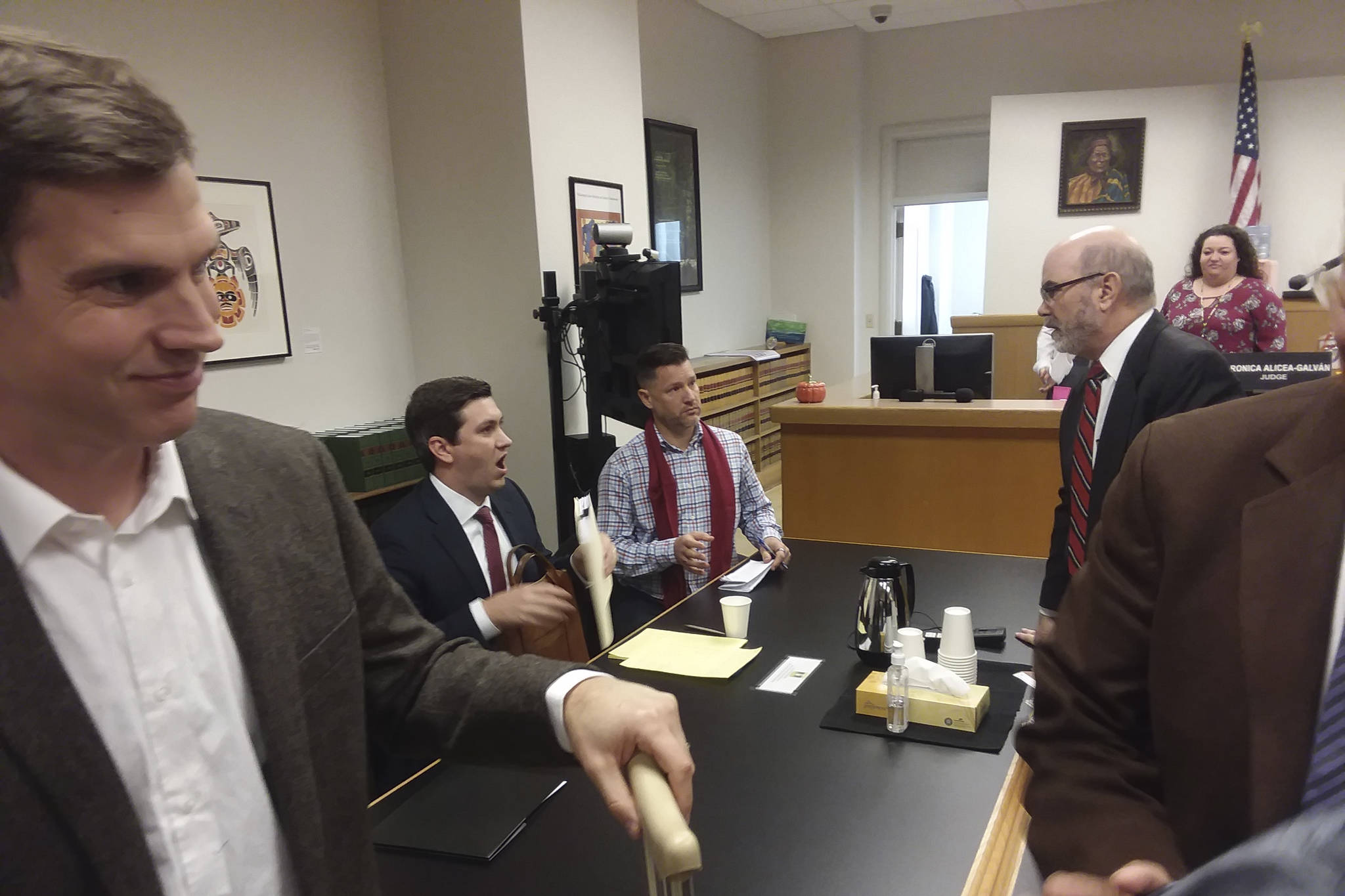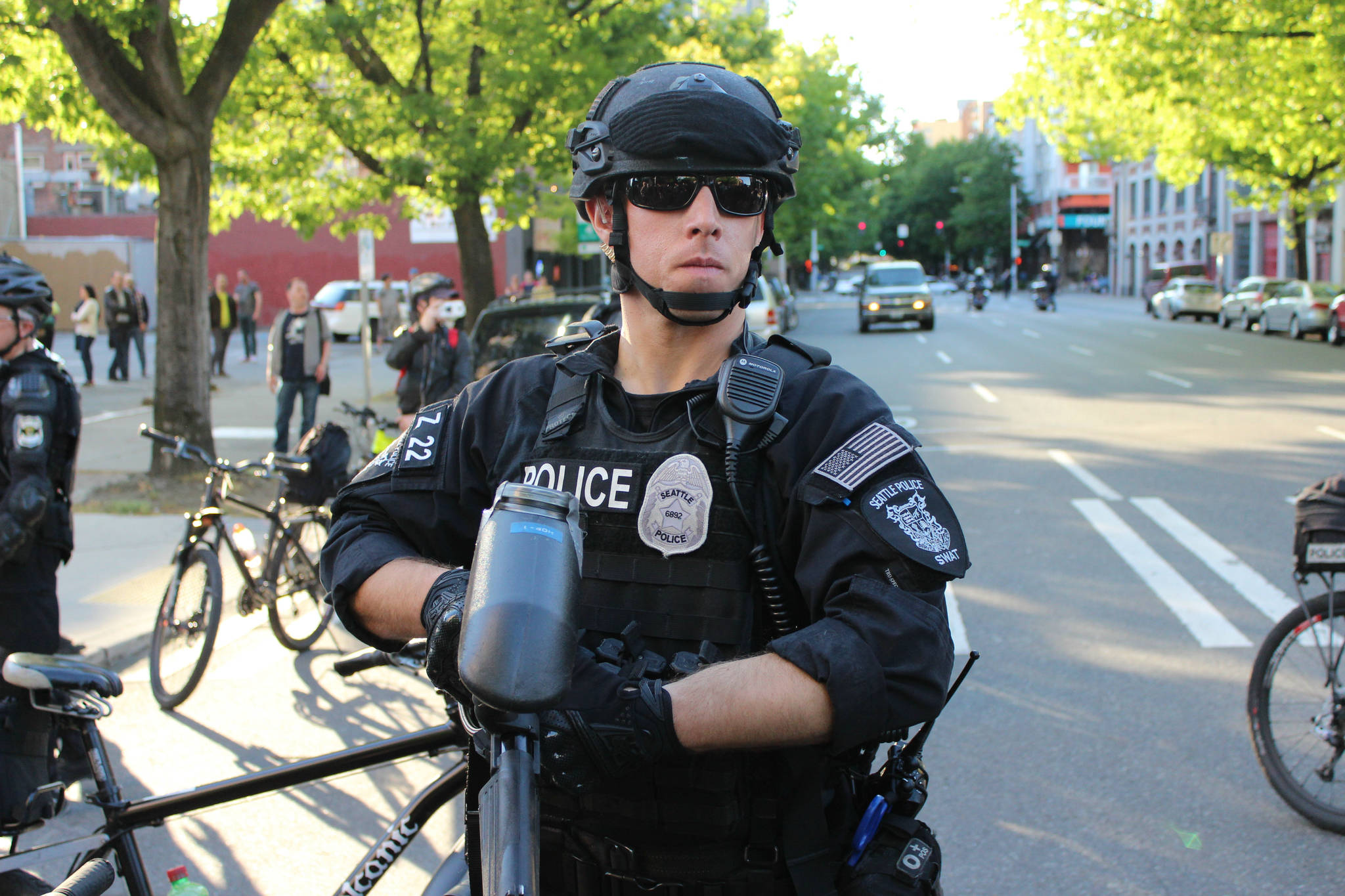In our editorial last week, we talked about what city leaders are doing to address apparently rising rates of hate violence against queer Seattleites. We lauded the mayor and city council for adding $165,000 to the adopted 2016 budget to implement recommndations made by an LGBTQ task force last year.
We were less impressed, however, with the city’s Safe Place program, which consists of businesses and other public-space entities putting rainbow-colored police shield stickers in their windows to signal their support for victims of anti-LGBT violence. The idea is that if you’re getting bashed, you can go to one of the Safe Place businesses for help. While the mayor and Seattle police have boasted of the program’s popularity among businesses which want to advertise their allyship, there is zero data on when, how, and how much the spaces are used by queer people who actually need shelter from violence or harassment.
Safe Places didn’t help Michael Volz, as we pointed out. Volz was walking home on Capitol Hill two weeks ago when a random bigot beat them senseless. Despite being nearby several Safe Place locations, Volz went home after regaining consciousness. “This one example doesn’t show that Safe Spaces are a failure,” we wrote, “but it does raise important questions about the program’s efficacy, since Volz’s bashing was exactly the kind of incident Safe Places are supposed to address.”
But Safe Places arguably did help the unnamed person who was bashed in the same neighborhood this past Saturday night. From Capitol Hill Seattle:
“According to the East Precinct report on the assault, the male victim left the [gay bar] Cuff around 11:30 PM on Saturday, June 25th and was walking alone on E Pine when he was approached by an unknown male. The victim told police the suspect walked up, called him a faggot, and punched him in the face.” (We’ve requested a copy of that report from SPD.)
Afterwards, CHS reports, the victim went to Poco Wine and Spirits, where he works and which is part of the Safe Place program. There, friends and coworkers convinced him to report the attack to the police, which he did.
Does this show that the Safe Space program is a success? Nope—as with Volz, an anecdote is not data. Which, again, brings us to the need for data, to show whether and how Safe Spaces are being used by the people they’re supposed to protect.







